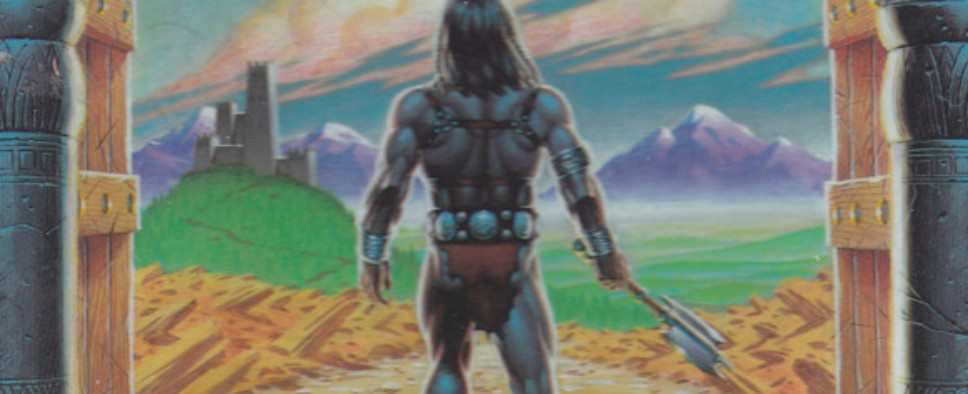Playing Roles: The Etymology of RPGs, Part Two
-
Category: News ArchiveHits: 2377

Continuing on from the first segment of his historical CRPG piece, TechRaptor's Robert Grosso has brought us part two of "Playing Roles: The Etymology of RPGs", which treads into development territory spanning the late 1980s to the early 2000s. Reading through this section of role-playing game history is like returning to a good book:
Most CRPG companies would be as well-known as the Japanese developers, including Interplay, New World Computing, and Strategic Simulations Inc., or SSI. While Ultima and Wizardry were still the top-selling game series on the market during the 1980s, several titles began to challenge both series for dominance. The Bards Tale, Might and Magic, and Pool of Radiance would see major success, offering their own spins on the genre and jump-starting several franchises in the process.
However, the biggest issue facing a lot of these games was stagnation. Pool of Radiance, for example, was the first major SSI '˜Goldbox' title to not only use the Advanced Dungeons & Dragons license, but faithfully replicate the gameplay. Many, however, criticized how similar Pool of Radiance was to the competition. In an issue of Computer Gaming World dated from 1988, author Johnny Wilson, writing a preview for the title, noted the game brought a (sense of déjà vu . The basic screen looks a lot like the CRPGs in our '˜Hall of Fame' and in the top ten of our game listings.) Although this had no bearing on the gameplay improvements, which were lauded at the time, it does hint at the problem of many CRPGs being too similar to one another to be distinctive.
This led to the CRPG market becoming a decisively niche market. Few games attempted to break out of the mold founded by Ultima and Wizardry, often working within it by being a primarily turn-based dungeon crawls, or a top-down exploration titles. Many critics at the time saw anything less as being substandard or introductory to proper role-playing games. For example, Origin's released an action role-playing game named Times of Lore, inspired by the overhead exploration found in console action-adventure games like the Legend of Zelda, or arcade RPGs such as Gauntlet. Many critics, however, took note of that when reviewing Times of Lore, calling it a (novice-level Fantasy role-playing game) or (a beginner's computer role-playing game,) regulating it to a secondary status compared to the bigger players by default.
During the early 1990s, there were some attempts to innovate the genre further. Quest for Glory incorporated role-playing mechanics into a point-and-click adventure game. Betrayal at Krondor, based on author Raymond Feist's Midkemia setting, featured a turn-based, semi-tactical system coupled with pre-determined characters and a skill-based experience system. Legends of Valour was the first sandbox style role-playing game without a non-linear plot line and would later be named as one of the primary influences of the Elder Scroll's series.

